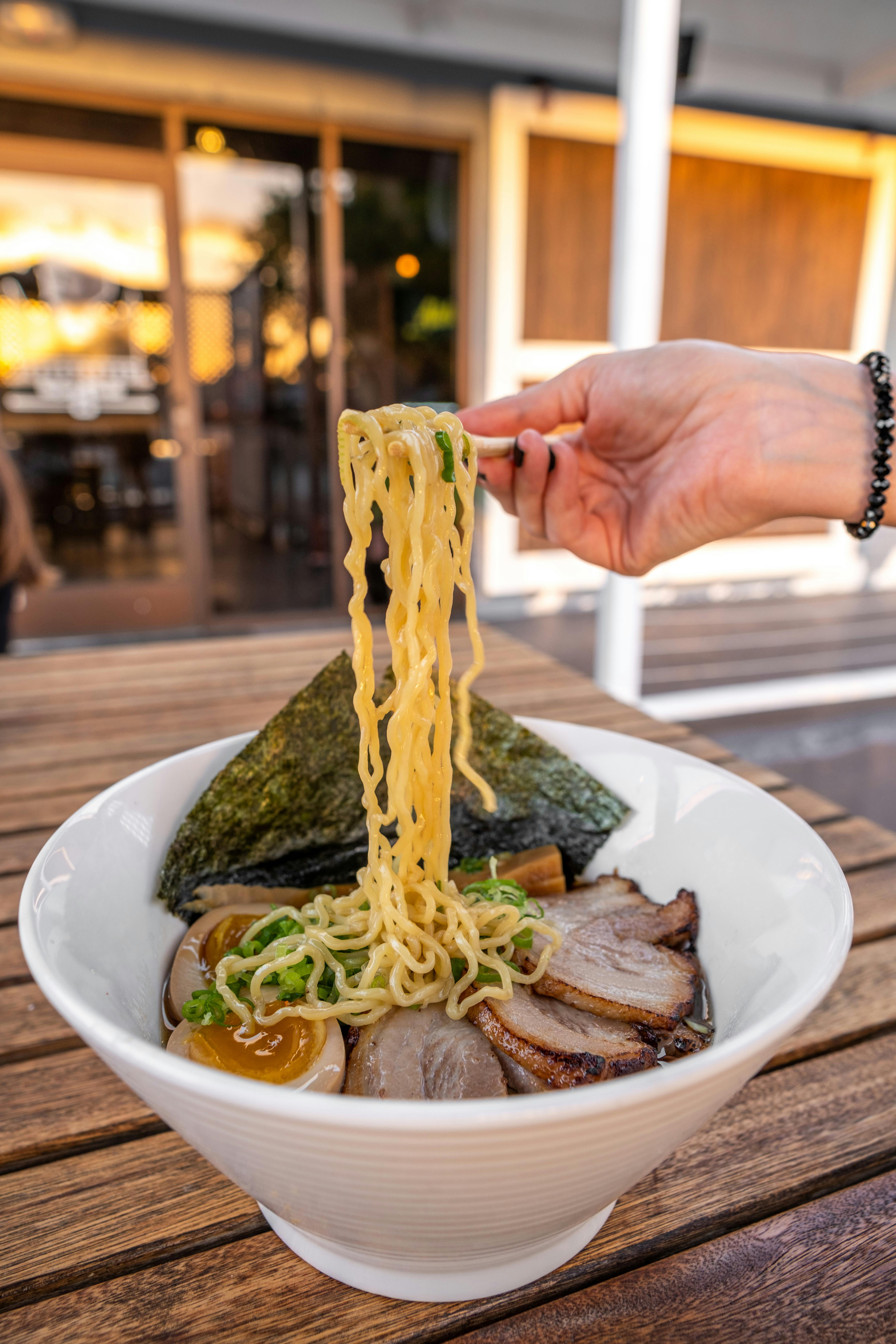
Apply Now


Effective Ways to Workout Forearms and Build Strength in 2025
Building strong forearms is essential for overall upper body strength, improving grip strength, and enhancing sports performance. This article delves into effective forearm exercises and workouts, focusing on developing forearm muscles, endurance, and functionality. With the right techniques and routines, you can achieve significant forearm gains that will not only amplify your workouts but also support your daily activities. The importance of forearm training cannot be overstated. Strong forearms contribute to better performance in various exercises and sports, making them integral to your fitness regime. This guide will explore various forearm workouts, targeting muscle growth and strength, as well as techniques to prevent injuries and improve recovery. From forearm workouts utilizing free weights to bodyweight exercises, this article will provide a well-rounded approach to forearm development. You'll find a variety of methods suitable for all fitness levels, whether you’re a beginner or an advanced athlete. Our journey through forearm fitness will include: - Understanding forearm anatomy and muscles - Effective forearm exercises, including wrist curls and reverse curls - Developing grip strength through specific training techniques - Tips for creating a personalized forearm workout plan - Insights into forearm rehabilitation and injury prevention By the end of this article, you’ll have a comprehensive understanding of how to effectively train your forearms and maximize their strength potential while avoiding common pitfalls.Understanding Forearm Anatomy and Its Importance
To optimize your forearm training, it’s essential to comprehend the forearm's anatomy. The forearm is composed of two long bones—the radius and ulna—along with numerous muscles that control wrist and finger movements. These muscles can be broadly categorized into flexors and extensors. The primary muscles involved in forearm workouts include: - Flexor carpi radialis and ulnaris (flexion of the wrist) - Extensor carpi radialis and ulnaris (extension of the wrist) - Brachioradialis (elbow flexion) Understanding which muscle groups you are working can help target your forearm exercises more effectively. Building the muscles in the forearm not only enhances grip strength but also supports lifting techniques in various fitness and sports activities. Strong forearms contribute to overall muscle hypertrophy, improving your performance in compound exercises and reducing the risk of injuries. With this knowledge of forearm anatomy, let’s dive into the specific exercises that will help you achieve optimal forearm fitness.The Best Forearm Exercises to Incorporate into Your Routine
Choosing the right forearm exercises is crucial in developing strength and endurance. Here are some of the most effective workouts to focus on: 1. **Wrist Curls**: Wrist curls target the flexors of the forearm. Sit on a bench, hold a dumbbell, and rest your forearm on the thigh, with your wrist hanging off. Curl the weight upward and lower it slowly. This exercise is essential for building muscle endurance. 2. **Hammer Curls**: This variation of a bicep curl focuses on the brachioradialis, a key forearm muscle. Stand with a dumbbell in each hand, palms facing your body, and curl the weights to shoulder height while maintaining the grip. 3. **Reverse Curls**: Reverse curls target the extensors and help increase forearm thickness. Utilize a barbell or dumbbells, keeping palms facing down, and curl the weights up while maintaining control. 4. **Forearm Stretches**: Don’t neglect stretching! Incorporate dynamic stretches post-workout to enhance flexibility and promote blood flow. Common stretches include wrist flexion and extension stretches. Integrating these forearm workouts into your routine can enhance grip strength and forearm development significantly, setting the foundation for impressive forearm gains.Building Grip Strength with Forearm Exercises
Grip strength is fundamental in almost all weight training and physical activities. A powerful grip improves performance in lifting and sports, providing a major advantage. Here are some techniques to enhance your grip strength: 1. **Static Holds**: Hold a weight in your hand at a 90-degree angle for as long as possible. This technique challenges forearm strength and endurance. 2. **Wrist Rollers**: Using a wrist roller is an excellent way to improve grip strength. Fix a weight to a sturdy rod and roll it up and down to engage both flexors and extensors. 3. **Hand Grippers**: Utilize specialized grip strengtheners. These devices allow controlled resistance and can be progressively increased as strength improves. 4. **Farmers Walk**: This functional exercise involves carrying heavy weights in each hand and walking a certain distance. It engages the entire forearm while also targeting the core and improving overall strength. These techniques will significantly enhance your grip dynamics and strength, contributing to better performance across various training modalities.Creating Your Forearm Workout Plan
Designing a personalized forearm workout plan involves selecting the right combination of exercises tailored to your goals, whether it's building muscle size, enhancing endurance, or improving grip strength. Here are some steps to consider: 1. **Goal Setting**: Start by determining your specific objectives. Are you aiming for muscle growth, increasing endurance, or preparing for sports performance? Tailor your exercises accordingly. 2. **Frequency**: Train your forearms 2-3 times a week, allowing sufficient recovery time between sessions. Increasing intensity should be gradual to avoid overtraining. 3. **Workout Variety**: Incorporate a mix of free weight, cable, and bodyweight exercises. This diversity will lead to well-rounded forearm development. 4. **Progressive Overload**: To continually build strength, gradually increase resistance over time, whether by lifting heavier weights or performing more repetitions. 5. **Recovery and Maintenance**: Prioritize recovery strategies, including cool-down stretches, myofascial release, and proper nutrition to support muscle growth. By following these principles, you can create an effective forearm training regimen that maximizes your strength and fitness benefits.Injury Prevention and Rehabilitation for Forearms
Injuries in the forearm can arise from overuse or improper training techniques. Preventive measures are key to maintaining healthy forearms. Adhere to these guidelines: 1. **Warm-Up**: Always start with a proper warm-up to prepare your muscles and joints. Incorporate dynamic stretches that focus on wrist flexion and extension. 2. **Listening to Your Body**: Pay attention to any signs of discomfort during workouts. Overtraining can result in muscle fatigue and potential injury, so it's important to know your limits. 3. **Cross-Training**: Engage in a range of physical activities rather than only focusing on forearm workouts. This will help balance strength and reduce the risk of injuries. 4. **Recovery Techniques**: Implement recovery practices such as ice therapy, massage, and proper hydration. These methods aid in reducing muscle soreness and enhance healing. 5. **Consult a Professional**: If dealing with an injury or recovery phase, consider consulting a personal trainer or a healthcare practitioner for tailored rehabilitation exercises that suit your needs. By adopting these practices, you can not only achieve significant forearm strength gains but also stay injury-free, optimizing your workouts for long-term success.Conclusion: Achieving Outstanding Forearm Fitness in 2025
Effective forearm workouts not only enhance muscle growth and endurance but also play a vital role in every facet of physical performance. With an understanding of forearm anatomy, the right exercise techniques, and a personalized training plan, you can make significant strides in your fitness journey. Incorporate a variety of forearm exercise techniques, focus on grip strength, and prioritize injury prevention for a comprehensive approach to building strong forearms. As you continue to train, track your progress and adjust your regimen as necessary to ensure continual improvement and adaptation. Start implementing these effective strategies today, and get ready to showcase impressive forearm fitness as you reach your strength goals in 2025!
